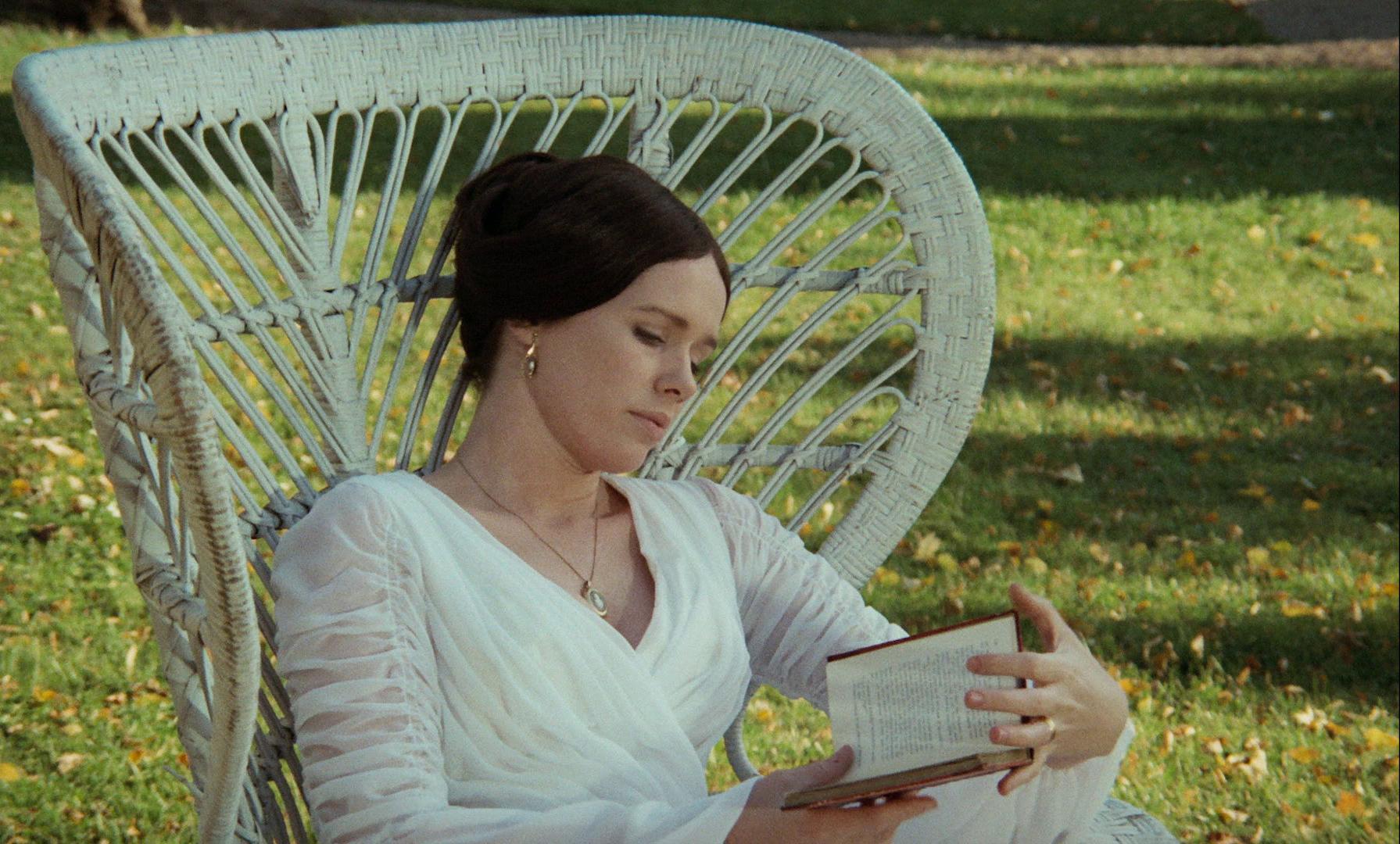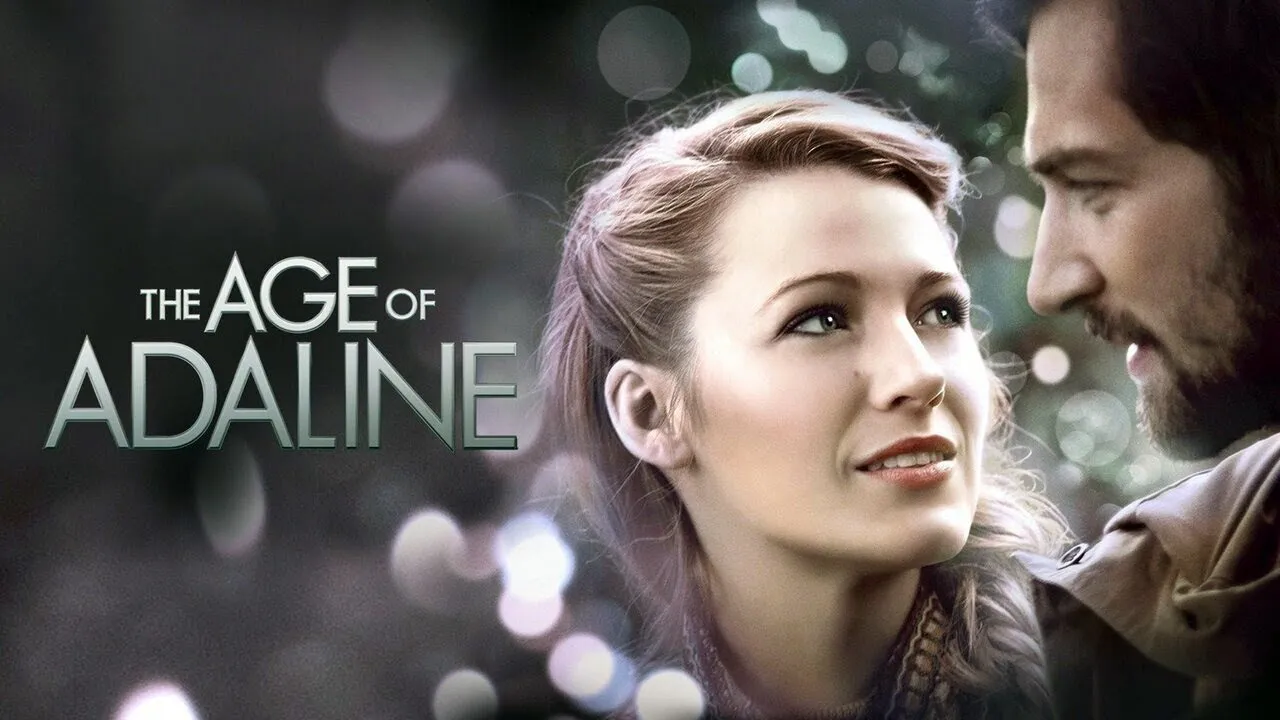👉Full movie at end of the post
Cries and Whispers takes place in a secluded 19th-century Swedish manor, enveloped in a somber, red-toned atmosphere that reflects the emotional intensity of the characters. The story unfolds almost entirely within the house, creating a claustrophobic and intimate setting that emphasizes the internal struggles of the protagonists.

At the center of the film is Agnes, who is terminally ill with cancer. Her physical suffering is intense and prolonged, and much of the film portrays her excruciating final days. She yearns for love and comfort from her two sisters, Maria and Karin, but finds true compassion only in her devoted servant, Anna.
Maria and Karin, Agnes’s sisters, return to the family home to be with her. Despite their presence, both are emotionally distant and self-absorbed. Maria hides behind charm and flirtation, while Karin is cold, repressed, and even hostile. Their inability to connect emotionally with each other or with Agnes underscores the film’s exploration of isolation and the failure of familial love.

Anna, the maid, is the only character who shows genuine empathy. She comforts Agnes through physical touch and emotional support, representing maternal care and selfless love. Her bond with Agnes contrasts starkly with the cold detachment of the sisters, and she becomes the moral heart of the film.

Cries and Whispers delves into existential themes of pain, mortality, emotional repression, and the desperate need for human connection. After Agnes's death, the sisters quickly return to their lives, seemingly unaffected. The film ends with a flashback of a rare moment of happiness shared by the sisters, suggesting a fleeting, almost illusory sense of unity amid a largely loveless existence.



1-1740791142-q80.webp)